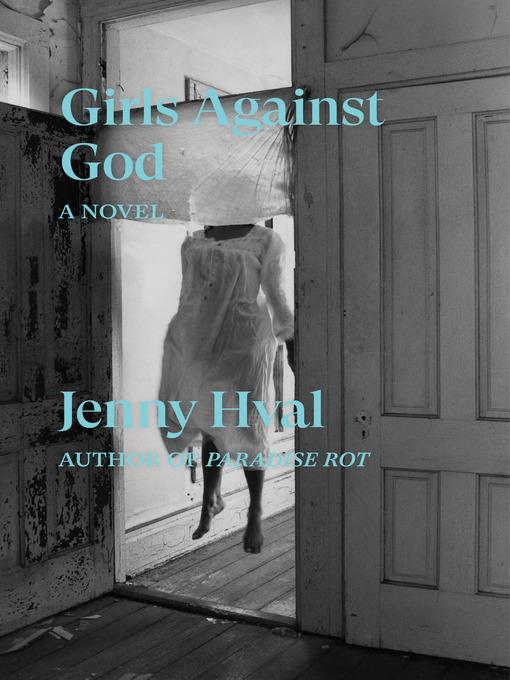
Girls Against God
A Novel
کتاب های مرتبط
- اطلاعات
- نقد و بررسی
- دیدگاه کاربران
نقد و بررسی

August 3, 2020
Hval’s incendiary genre-bending novel (after Paradise Rot) is part meditation on art, sexuality, religion, and feminist theory, and part supernatural horror. In the present, the narrator watches a documentary about a black metal band shot in 1990 and reflects on her girlhood in southern Norway in the early 1990s, when she yearned to express hatred for the fundamental Christian culture that surrounded her (“When they say ‘I’m a pRacticing chRistian’ their guttural Rs make it sound as though the consonants have gone through purgatory”). In college, she resists the oppression of academia and a male-dominated music scene. Seeing no path to becoming a performer in the male-dominated black metal scene, the narrator forms a coven in Oslo, with whom she performs and documents rituals such as sacrificing “art-babies” made on a 3-D printer and bathing in a ram’s urine. Throughout, Hval, an experimental musician herself, employs a dirge-like repetition of themes (feminist rage prominent among them), which enlivens her witchy visions and sets the stage for a reincarnated Edvard Munch, on the run from the vengeful subject of his painting Puberty. Hval’s fascinating exploration is not for the faint of heart, but those who like it dark will find this right up their alley.

August 1, 2020
An obliquely experimental stream-of-consciousness novel. It's almost impossible to say what Hval's latest novel is about. It's not even clear that it is a novel. An unnamed narrator delivers a monologue that touches on, among other things, Norwegian black metal, Edvard Munch's painting Puberty, porn, avant-garde film, and witchcraft. The narrator grew up in the 1990s in southern Norway, where she found herself nearly stifled by religious and social conservatism. The best parts of the book are her extended analyses of these topics, as when she writes that "Maybe the only way an artist can escape capitalism and patriarchy today is to use art to disappear as an individual." But there are far more passages that don't really make any sense at all. In these moments, Hval seems to aspire to an absurdist surrealism that she never quite reaches: Her narrator is too constrained by her own anger and frustration to achieve humor or even whimsy. It's not just that it's difficult to follow her thought processes; it's that in throwing off every convention of fiction--and memoir, and scriptwriting--the book becomes almost entirely solipsistic. Every image, phrase, and reference winds up referring only to the narrator herself, and one wonders if, in the end, she's become even more constrained than she was to begin with. Astute observations are marred by extended passages of evasive, self-indulgent prose.
COPYRIGHT(2020) Kirkus Reviews, ALL RIGHTS RESERVED.

October 1, 2020
Norwegian musician Jenny Hval's second novel (after Paradise Rot, 2018) is part fever dream, part manifesto, and part nostalgic reminiscing, with a hefty dose of feminist and queer theory for good measure. Spanning the decades between the early 1990s and present day, an unnamed narrator leads the reader through a labyrinth of the history of Norwegian death metal, witchcraft covens, and strict Protestant childhoods. Chaotic yet ordered, Hval dives deeply into the process of self-discovery as the narrator wrestles with religious dogma and its myriad restrictions. Themes of music and magic, of the power of the body and the voice, wind and repeat with a rhythm that feels familiar and also unnerving. Hval's language is visceral and haunting, corporal and carnal. Recommended for fans of the weird and challenging and for readers who really want something different.(Reprinted with permission of Booklist, copyright 2020, American Library Association.)

























دیدگاه کاربران